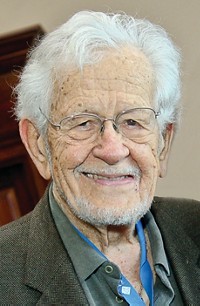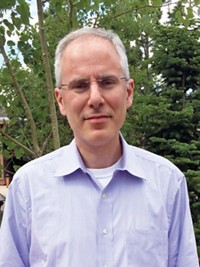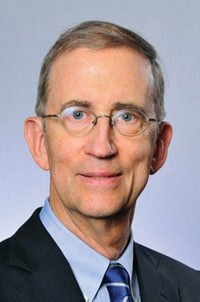Advertisement
Grab your lab coat. Let's get started
Welcome!
Welcome!
Create an account below to get 6 C&EN articles per month, receive newsletters and more - all free.
It seems this is your first time logging in online. Please enter the following information to continue.
As an ACS member you automatically get access to this site. All we need is few more details to create your reading experience.
Not you? Sign in with a different account.
Not you? Sign in with a different account.
ERROR 1
ERROR 1
ERROR 2
ERROR 2
ERROR 2
ERROR 2
ERROR 2
Password and Confirm password must match.
If you have an ACS member number, please enter it here so we can link this account to your membership. (optional)
ERROR 2
ACS values your privacy. By submitting your information, you are gaining access to C&EN and subscribing to our weekly newsletter. We use the information you provide to make your reading experience better, and we will never sell your data to third party members.
Materials
Peter Debye Award In Physical Chemistry
Sponsored by E. I. du Pont de Nemours & Co.
by Lisa M. Jarvis
February 8, 2010
| A version of this story appeared in
Volume 88, Issue 6
Although many chemists have been inspired by a teacher or other mentor early in their education, George C. Schatz’s love of science is largely a product of pure intellectual curiosity. Growing up in Sackets Harbor, N.Y., Schatz, the Charles E. & Emma H. Morrison Professor of Chemistry at Northwestern University, was fascinated by the chemicals around the family farm and wanted to know how they worked.
Schatz, 60, thus left for nearby Clarkson University with the intention of majoring in chemistry. In his senior year, he spent a semester at Argonne National Laboratory, where he happened to hear a talk by Richard P. Feynman. The enthusiasm of the legendary physicist prompted Schatz to consider graduate school at California Institute of Technology.
Schatz made a name for himself while still at Caltech. The field of reaction dynamics was heating up, and he was interested in fundamental questions about what determined the rate of chemical reactions and the nature of transition states. Schatz came up with an elegant way to solve the Schrödinger equation for reactive scattering.
“His quantum dynamics investigation of H + H2, carried out in collaboration with Aron Kuppermann, was at the time a monumental achievement that continues to be important after 35 years,” says W. Carl Lineberger, a professor of chemistry and biochemistry at the University of Colorado. “This landmark calculation truly set the stage for modern quantum dynamics.”
While working on quantum dynamics in the mid-1970s, Schatz also became interested in nanoscience, but at the time, materials couldn’t be made with enough precision to enable theory to be linked to experimentation. Twenty years later, the situation had changed. “It became possible to make structures in controllable ways so that you could connect them with theoretical calculations,” Schatz says.
He then shifted his research focus to nanoscience and, for the past 15 years, has become known for using electrodynamics methods to describe the optical properties of nanomaterials. More recently, his work has expanded to DNA- and carbon-based nanomaterials.
Throughout his career, Schatz has been eager to collaborate with colleagues across many disciplines. “Schatz has a unique combination of breadth and depth,” says Mark A. Ratner, the Dumas University Professor of Chemistry at Northwestern. “If I have a question about anything in chemistry, George is the first person to ask. And he almost always has an answer that is both thoughtful and illuminating.”
“I know of no chemical theorist anywhere who has been more valuable and is more appreciated by experimentalists,” says John C. Tully, the Sterling Professor of Chemistry at Yale University.
Schatz has published hundreds of papers—an astonishing 80 in the past two years alone—and has been recognized for his work with elections to the American Academy of Arts & Sciences, the National Academy of Sciences, and the International Academy of Quantum Molecular Science.
Since 2005, Schatz has served as editor in chief of the Journal of Physical Chemistry, a job that he says provides “a great burst of inspiration for my own research.”
Schatz will present the award address before the Division of Physical Chemistry.






Join the conversation
Contact the reporter
Submit a Letter to the Editor for publication
Engage with us on Twitter